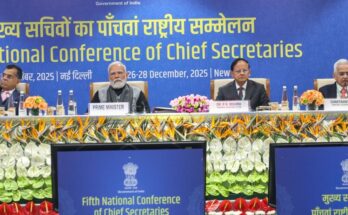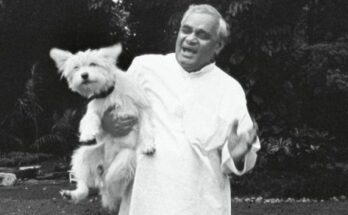Washington: A NASA probe into Boeing’s commercial space capsule called Starliner, that failed to dock with the International Space Station (ISS) in December, has revealed numerous software bugs that should have been found in internal testing and not during an unmanned space flight.
Investigators found “fundamental” problems with the company’s software that could have led to a disastrous outcome more grievous than previously known, the US space agency said on Friday.
Boeing’s CST-100 Starliner spacecraft is likely to be ready to carry humans to the International Space Station (ISS) later in 2020, along with Elon Musk-run SpaceX’s Crew Dragon spacecraft.
“Boeing’s Starliner spacecraft launched on December 20, but was unable to dock with the International Space Station as planned because it ended up in the wrong orbit,” reports Space.com.
According to NASA’s Aerospace Safety Advisory Panel, a newly disclosed timer error on the December 20 flight had the potential to lead to “catastrophic” failure.
The timer error on Starliner was discovered by ground controllers during the flight and corrected while the spacecraft was still aloft.
“While this anomaly was corrected in flight, if it had gone uncorrected, it would have led to erroneous thruster firings and uncontrolled motion during (service module) separation for deorbit, with the potential for a catastrophic spacecraft failure,” NASA officials were quoted as saying.
The NASA panel has now recommended reviews of Boeing’s software and testing processes as “required input for a formal NASA review to determine flight readiness for either another uncrewed flight test, or proceeding directly to a crewed test flight”.
“Boeing is as committed as ever to safe flight, mission assurance and helping our customer meet its crew transportation needs,” the company said in a statement.
“We accept and appreciate the recommendations of the jointly led NASA-Boeing Independent Review Team (IRT) as well as suggestions from the Aerospace Safety Advisory Panel following Starliner’s Orbital Flight Test (OFT),” said the company.
Regarding the “Mission Elapsed Timer” anomaly, the IRT believes they found root cause and provided a number of recommendations and corrective actions.
“The IRT also investigated a valve mapping software issue, which was diagnosed and fixed in flight. That error in the software would have resulted in an incorrect thruster separation and disposal burn. What would have resulted from that is unclear,” said Boeing, adding that they are working on many of the recommended fixes, including re-verifying flight software code.
Boeing said it can consider a second uncrewed Starliner test flight before its first flight with astronauts if NASA gives the approval.
Boeing’s uncrewed Orbital Flight Test (OFT) is the second uncrewed test flight of NASA’s Commercial Crew Programme, a partnership with the aerospace industry to launch astronauts on the US rockets and spacecraft from the US soil for the first time since 2011.
Earlier this year, SpaceX’s Crew Dragon capsule completed its historic unmanned flight test to the space station.
NASA selected SpaceX and Boeing to create integrated spacecraft, rockets and associated systems to carry astronauts on NASA missions in September 2014.




